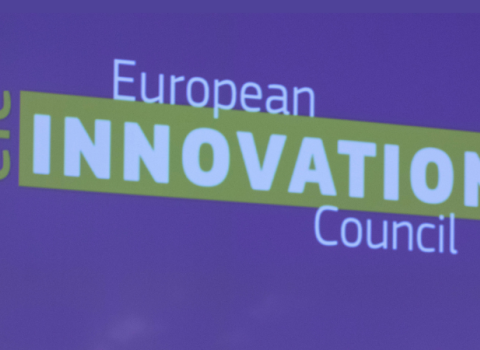
EPO members now include all 27 members of the European Union, plus Croatia, Iceland, Liechtenstein, Monaco, Norway, Switzerland and Turkey. Alison Brimelow, EPO President said, “We welcome Croatia and Norway as new members who can contribute to shaping the IP framework that will sustain and improve Europe's growth and competitive position.”
Albania, Bosnia and Herzegovina, Serbia and the Former Yugoslav Republic of Macedonia also recognise the EPO, meaning that European patents are valid in 38 countries and a market of around 570 million people.
The increase in EPO members came as the organisation set out plans to deal with its backlog and maintain the quality of its work in the face of an ever-growing number of applications.
The plan is based on a study of global patenting trends drawn up in cooperation with the organisation's (then) 32 member states, “Patent activity follows the pattern of globalisation, making the patent landscape in Europe very dynamic but also very complex,” said Roland Grossenbacher, Chairman of EPO’s Administrative Council.
He added, “The challenges the European patent system is facing fully reflect that global character: new players are appearing on the scene, causing application numbers to rise dramatically, while new emerging technologies contribute to the complexity and volume of patent applications.”
All these factors need to be taken into account if the system is to remain efficient. Brimelow believes the study provides important insights into the route to make the European patent system fit for the future. “Moreover, it is an endorsement of the new strategic approach [the EPO] is taking in this respect.”
The main findings
In the past 25 years, the volume of patent applications at the EPO has quadrupled to reach 208,500 in 2006, and is expected to increase further. Much of this growth is attributable to the enhanced global activity of companies, to emerging economies such as China, India and South Korea buying into the patents system, and the increasing importance of new technologies, such as information and communication technology and biotechnology.
As a result, workload and backlogs at the patent offices is increasing inexhorably, causing quality problems and long processing times which can adversely affect the innovation process.
The study concludes that “no patent office in the world can deal with the workload challenges on its own.” It calls for greater cooperation between the patent offices to avoid duplication of work and maintain and improve the quality of the patenting process.
It is also suggested that there should be an investigation to set rules for determining what is an appropriate level of inventiveness, especially in relation to the criteria for patenting excluding non-technical matter.
Five strategic directions to tackle workload
On the basis of these findings, the report pinpoints five strategic directions for dealing with the future workload of the European patent system:
- Using work done by others (other patent offices in Europe or outside Europe, applicants and third parties).
- Raising the bar by granting exclusive rights only for technical innovations with sufficient inventive merit.
- Improving the efficiency of the process by coming up with new measures to deal with the workload in an efficient way).
- Enhancing cooperation within Europe, for example, by building on the European Patent Network that consists of the EPO and the national patent offices.
- Reviewing the governance and financing of the EPO.
The report sets out policy recommendations for each of these five areas, which can form the basis of a work programme for the EPO, now that it has been endorsed by the Administrative Council.
The study made use of the findings of the EPO’s Scenarios for the Future, published in May 2007, which explores possible future of intellectual property protection and looks at possible developments up to 2025.




 A unique international forum for public research organisations and companies to connect their external engagement with strategic interests around their R&D system.
A unique international forum for public research organisations and companies to connect their external engagement with strategic interests around their R&D system.